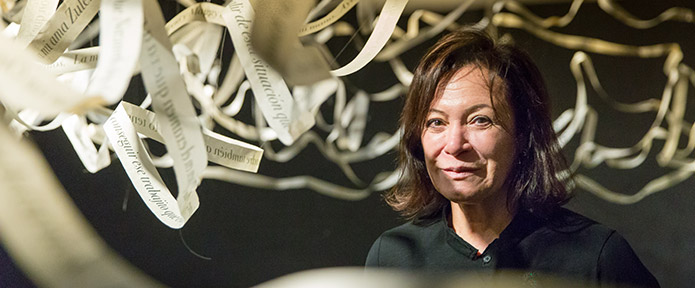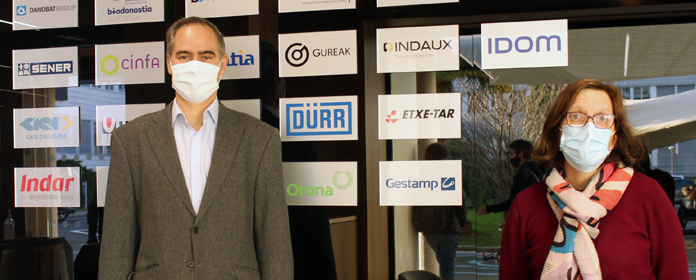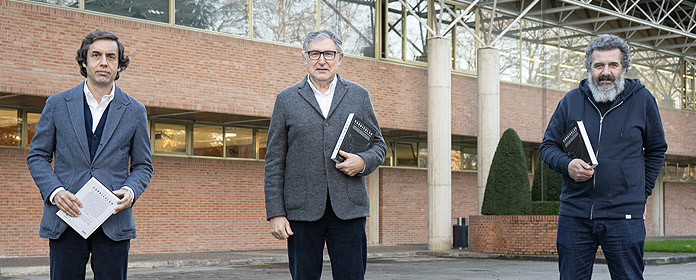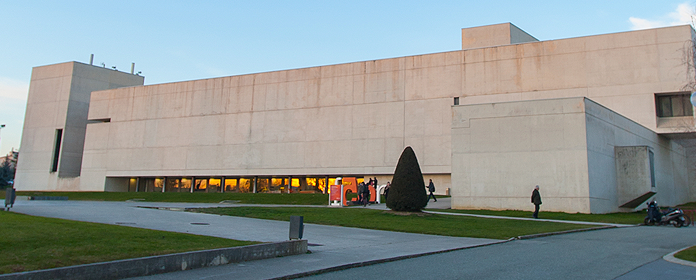Cecilia Paredes: "El no retorno is a great journey through human sensitivity and its relationship with nature".
The sample, in whose assembly have participated students of the Master in Curatorial Studies of the Museum, can be visited until September 1st.

The University Museum of Navarre has presented Cecilia Paredes' exhibition The non-return by Cecilia Paredes, a sample that gathers works made by the artist in the last twenty years in which she reflects on migrations, uprooting and the relationship between human beings and nature. The sample brings together photoperformances, installations, drawings, engravings, sculptures and sound art.
Some of these works, such as the one that gives its name to exhibition, have been made specifically for the Museum. The artist has statement that she will donate to the center this large installation, consisting of four stranded ships.
"I wanted to propose a great journey through human sensitivity and its relationship with the environment, nature and its territory", explained the artist at presentation, who has also defined herself as "a migrant". At the event she was accompanied by Blanca Berlin, curator of the exhibition, and Valentin Vallhonrat, artistic director of the Museum.
In his speech, Vallhonrat recalled the intense relationship that has been established with the artist during these weeks of work exhibition, which is in line with the Museum's Philosophy , which seeks projects that "are passable, made in situ and open to the public". He also highlighted the work of the students of the Museum's Master in Curatorial Studies as assistants to the artist during the installation.
For her part, Blanca Berlín pointed out that exhibition has "a very deep social and political content". In this sense, she has pointed out works such as Quetzalcoatl, a large black feather cloak that pays homage to the 43 students who disappeared in Mexico in 2014; or El deseo, "that starts from a finding. In a church in Lima, Cecilia found an urn of wishes written by parishioners in which they expressed all subject of requests. She felt called to make a work with such evocative content".
Paredes also explained that mythology is his great inspiration source : "It is an inexhaustible source of starting points. I always go to mythology and poetry to look for answers. About her way of approaching artistic works, she pointed out that she always has "the button on", like a "collector" who gathers what nature undoes.
These materials are then transformed into artistic works, such as El manto, made with pieces of coral. The artist has pointed out that the 24 years she lived in Costa Rica marked her greatly. She explained that "her relationship with nature, with animals, with the tropical rainforest, was a constant". One of the photoperformances portrays precisely this symbiosis, the one titled Costa Rica mi otro yo, in which the artist wraps herself in a huge industrial fabric printed with Costa Rican flora.
In addition, he pointed out that all his works have a sort of common thread that runs through them, "some are related to others and each person can find the one that speaks to his ear".




